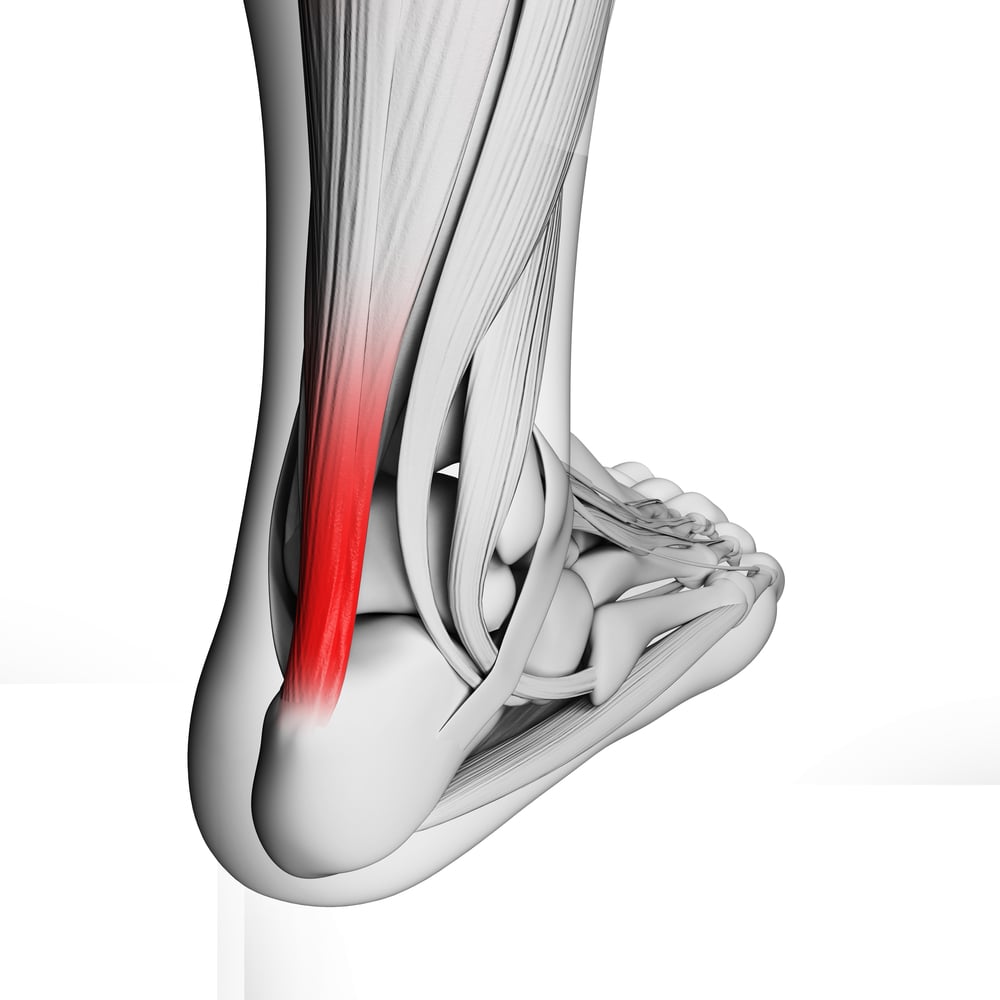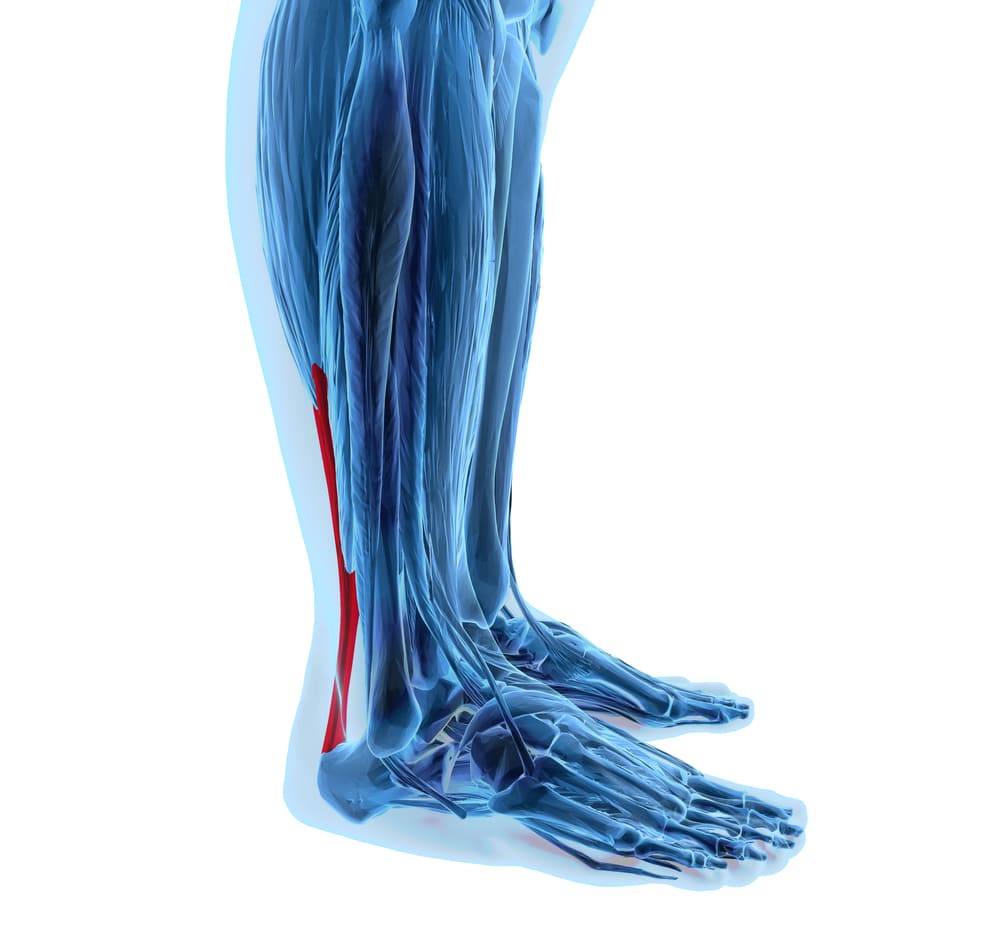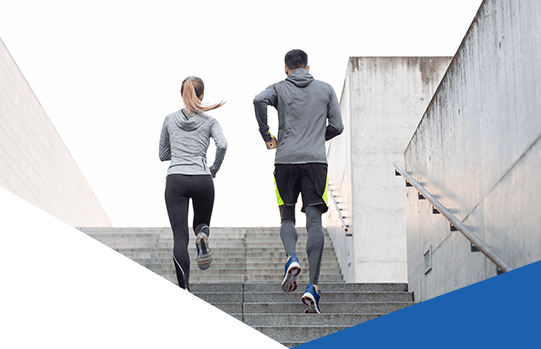In March of 2010, a dramatic scene hit the televisions of thousands of worldwide viewers. During a soccer match in Milan, David Beckham had suddenly injured the back of his leg and limped tearfully to the sidelines. Early reports quickly confirmed that he had ruptured his Achilles tendon but was expected to make a full recovery. It is likely that you are familiar with Achilles ruptures as they are considered a serious injury in professional sports. They tend to be mulled over by sportscasters incessantly, especially when the star player is affected.
However, I want to discuss a different type of injury; the lesser-known and much less flashy sister of Achilles rupture, Achilles tendinopathy. People often report a rupture feeling similar to being shot in the ankle, while tendinopathy occurs gradually over time. If this sounds familiar or has piqued your interest, you’ve come to the right place!

Achilles tendinopathy explained
What is Achilles tendinopathy?
Tendons are bands of fibrous tissue that connect muscle to bone and their primary function is to transmit forces. The Achilles tendon is the thickest tendon in the body and connects the calf muscles to a bone in the foot called the calcaneus. It is very important for transmitting forces during activities such as walking, running and jumping. Since the Achilles is integral in these force-producing movements, it is more susceptible to overuse injuries such as tendinopathy. Tendinopathy occurs when a tendon is unable to adapt to the loads placed on it, resulting in a disruption in the healing process and leading to pain. For example, imagine a beginner runner who is training for their first marathon.
They should first attain a baseline volume of running before slowly increasing their mileage by a small percentage each week. If the runner decides that they are feeling good during week two and tries a 15-kilometre run instead of their scheduled 8 kilometres, they are placing more load on their Achilles than it is adapted for. It is necessary to progressively increase the load to allow for adaptation and avoid injury. Their decision to push the volume will put them at risk for developing Achilles tendinopathy, or another injury.
What are the Symptoms?
Symptoms of Achilles tendinopathy include, but are not limited to:
- Gradual onset of pain
- Morning pain
- Tenderness on palpation of the tendon
- Pain during weight-bearing, walking or jumping
- Possible swelling
If any of the above symptoms sound familiar, the next paragraph is for you.
I admit it, I overloaded my tendon. Now what?
Step 1: decrease the amount of load placed on the tendon
Step 2: find a health care professional to guide you through the process
Tendon rehabilitation is tricky, and having a sports physiotherapist or athletic therapist coaching you along will make the process more streamlined. A physiotherapist will lead you through a personalized program that will ultimately help you return to sport, work, or typical daily life.
During this program, specific exercises, modalities, manual therapy skills, and advice will be employed to uniquely assist you with your goals. Your doctor may provide you with pain management tools such as medication or a cortisone injection if required during this time. It is important to talk discuss with your doctor whether these tools are right for you.
Achilles tendinopathy may not be the flashiest injury, but it can have a massive impact on the way you live your life. Consider pursuing guidance if this is an injury that has been pestering you. It’s never too late to take care of your health and return to the sports and activities that you enjoy. Come visit us for an assessment at Panther Sports Medicine & Rehabilitation Centre in Calgary!
Written by: Kirsten Holte, MScPT





